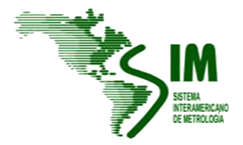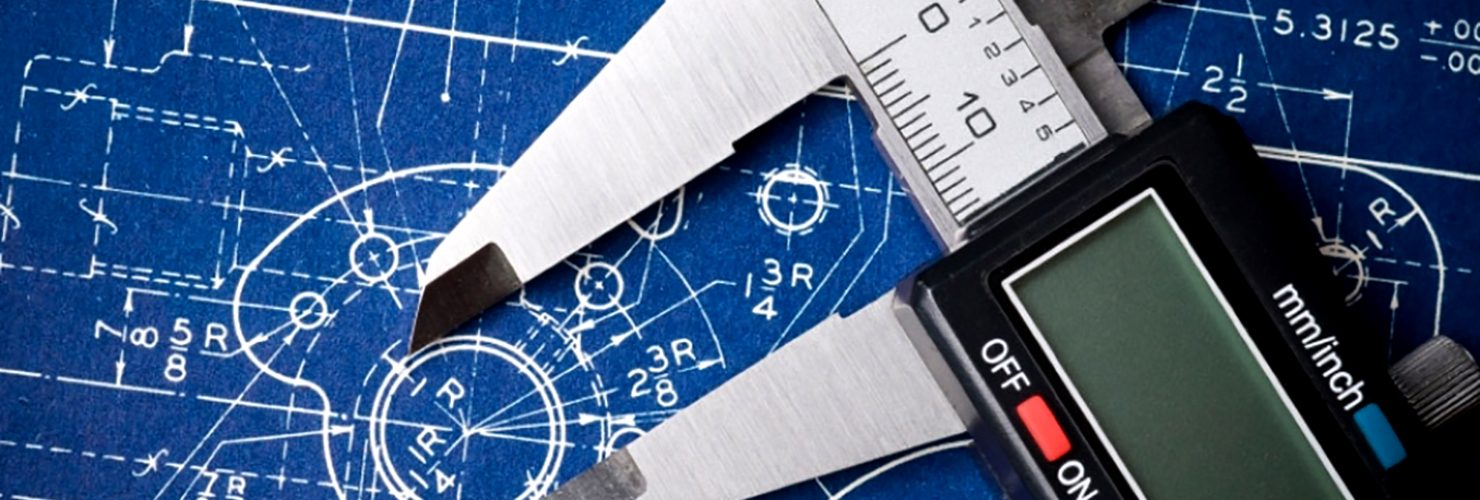The idea of an Inter-American metrology project has been advanced by many countries and organizations from the early nineteen seventies. In 1971, the need for cooperation in metrology in The Americas was stressed during the Conference on Applications of Science and Technology in Latin America, held in Brasilia, Brazil. The fourth meeting of the Inter-American Council for Education, Science and Culture (Consejo Inter-americano para la Educación, la Ciencia y la Cultura, CIECC), in Mar del Plata, Argentina, in 1972, passed resolution 174, establishing a regional system for metrology and calibration (Sistema Inter-americano de Metrología y Calidad, SIMYC).
In 1974, the Organization of American States (OAS) and the National Bureau of Standards (NBS, now National Institute of Standards and Technology, NIST, USA) organized an international meeting on industrialization and standardization in Gaithersburg, Maryland, where regional metrology needs were discussed.
The OAS (former Departamento de Asuntos Científicos y Tecnológicos, DACYT) convened a meeting in Buenos Aires, Argentina, at the Instituto Nacional de TecnologÌa Industrial (INTI), in 1975, to design a particular project in the area of metrology, focusing on scientific, industrial and legal metrology.
In 1979, as part of a special project on metrology, the Inter-American Metrology System (SIM) was created, consisting of thirteen Latin American countries. Many other institutions outside the Americas have also contributed to the creation of SIM, such as Instituto di Metrologia “Gustavo Colonnetti” (IMGC, Italy), Instituto Elettrotecnico Nazionale Galileo Ferraris (IEN, Italy) and Physikalisch-Technische Bundesanstalt (PTB, Germany). The long-standing support of PTB to many metrology institutions in Latin America, through its technical cooperation program, was influential in the formation and development of SIM.
In 1992 PTB organized, together with the Centro Español de Metrología (CEM, Spain), and the Instituto Português da Qualidade (IPQ, Portugal) a meeting for constructing a metrology system, conceived at that time as Sistema Iberoamericano de Metrologia. Also in 1992, the OAS and NIST were invited to help reconstruct SIM as Sistema Inter-americano de Metrologia. Thus, in 1993 and 1994, these two organizations, with support from the US Department of State and the National Metrology Center of Mexico (CENAM), organized three regional metrology workshops in Caracas, Venezuela, Buenos Aires, Argentina, and San José, Costa Rica, with the participation of representatives from the government, scientific and industrial sectors in each country.
During the Summit of the Americas, held in December of 1994, in Miami, Florida, the Presidents of the Americas issued a Declaration of Principles, emphasizing economic integration, through the reduction of technical barriers and promotion of technical cooperation programs on metrology and standards. Following this Summit, the OAS convened a coordinating meeting in Rio de Janeiro, in January of 1995, attended by 25 countries, which proposed a project to reorganize and revitalize SIM.
From 1995 to 1998 the SIM presidency was held by CENAM, Mexico and SIM gained stronger financial support from the OAS. In 1997, with the participation of experts from 22 SIM members, an Inter-American Metrology Workshop was organized in Rio de Janeiro, Brazil, to implement an Inter-American Chemical Metrology Program.
Since 1995, many actions have been implemented to organize interlaboratory comparisons of national standards, and a great effort was dedicated to the development of human resources in metrology. Under the auspice of the Programa RH-Metrologia of Brazil, adopted as a model for SIM with the support from OAS, three advanced schools in metrology were organized as a strategy to promote close interaction between eminent personalities from the world of metrology and top researchers and metrologists from the technical and scientific American community.
Over the years, the increasing work on SIM Metrology Working Groups deepened the liaisons among the metrologists of the different technical areas in all the National Metrology Institutes and Designated Institutes of the Americas. A milestone in the evolution of the organization was the creation of the Quality System Task Force (QSTF) whose aim was to serve all the NMIs in their duties regarding their participation in the Mutual Recognition Arrangement of National Standards and Calibration and Measurements Certificates (CIPM-MRA).
The objectives of SIM evolved over the years. In the beginning, the main focus was the support for the development of capacities. A second phase a focus on the mutual recognition of standards and certificates was added to the original one. More recently cooperation for research and development was also added as an organizational goal.
In 2016 SIM made a big movement toward its maturity with the establishment of a legal entity based in Uruguay. A new version of the Bylaws was approved in the GA in Uruguay and 11 NMIs signed the first Bylaws for the legal entity.
SIM as a legal entity in August 2017. That provided long-term stability to the Organization.
Actually, 33 NMIs in the Americas are active members of SIM.
SIM Presidents:
- Rafael Steimberg, INTI (Argentina), 1979-1985
- Hector Nava Jaimes, CENAM (Mexico), 1995-1998
- Mauricio Nogueira Frotas, INMETRO (Brasil), 1998-2000
- Felipe Urresta, INEN (Ecuador), 2000-2004
- Diana Lalla-Rodrigues, ABBS (Antigua y Barbuda), 2004-2006
- Humberto Brandi, INMETRO (Brasil), 2006-2010
- José Dajes, INDECOPI (Perú), 2010-2014
- Héctor Laiz, INTI (Argentina), 2014- 2018
- Claire Saundry, NIST (USA), 2018-2022
- Javier Arias, CENAMEP (PANAMA), 2023 – 2025
Historical Documents
- Preamble- SIM Constitution (1979)
- Message from SIM President (1979)
- Carta Metrologica (SIM Publication- 1979)
- Message from OAS (1979)
- SIM Agreement (1995)
- SIM Statutes. Constitution of Legal Entity (2016)
- Recognition or SIM by the MRREE of Uruguay (2017)






